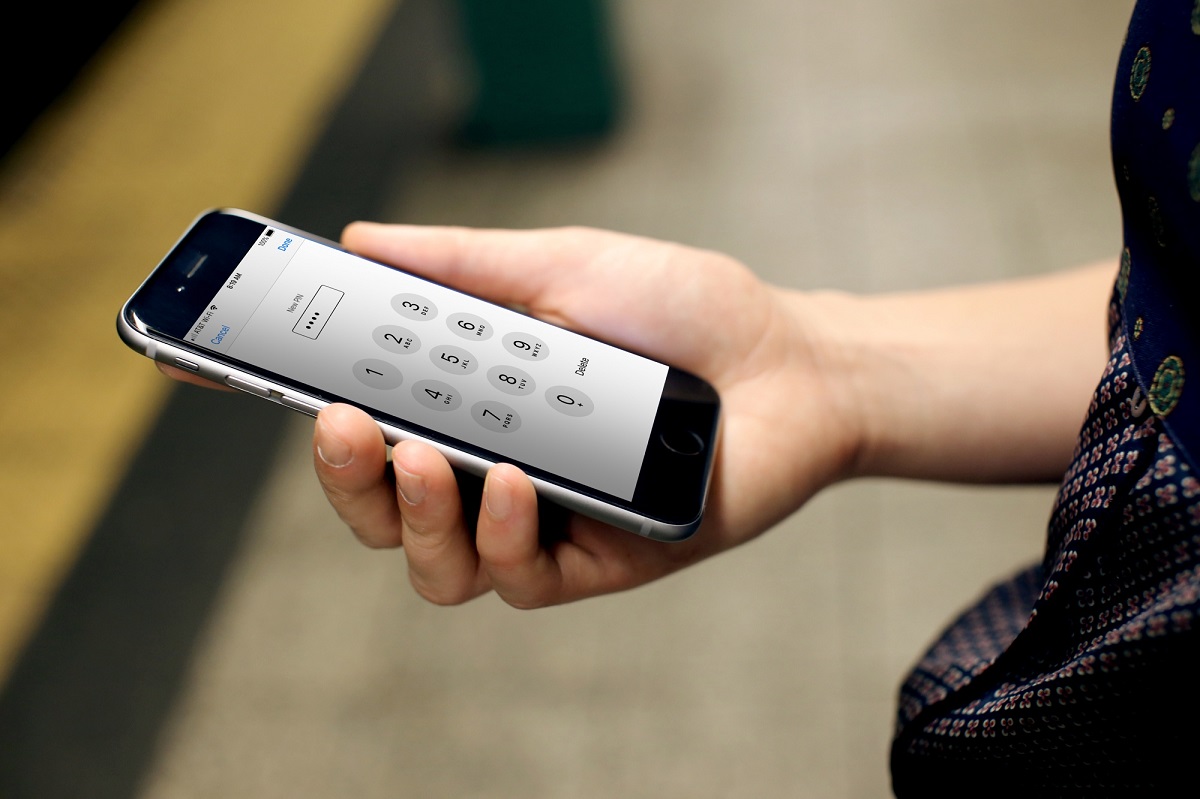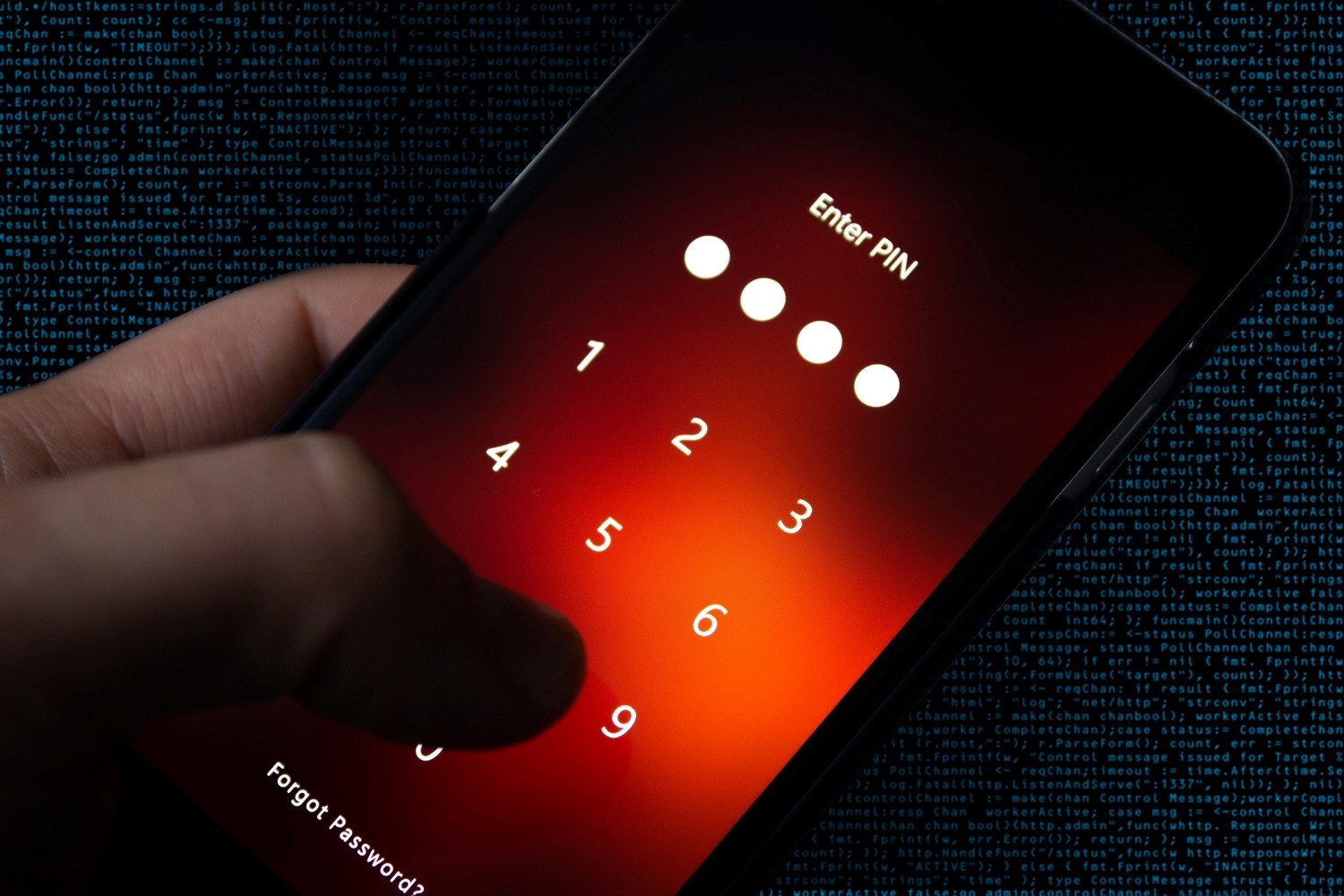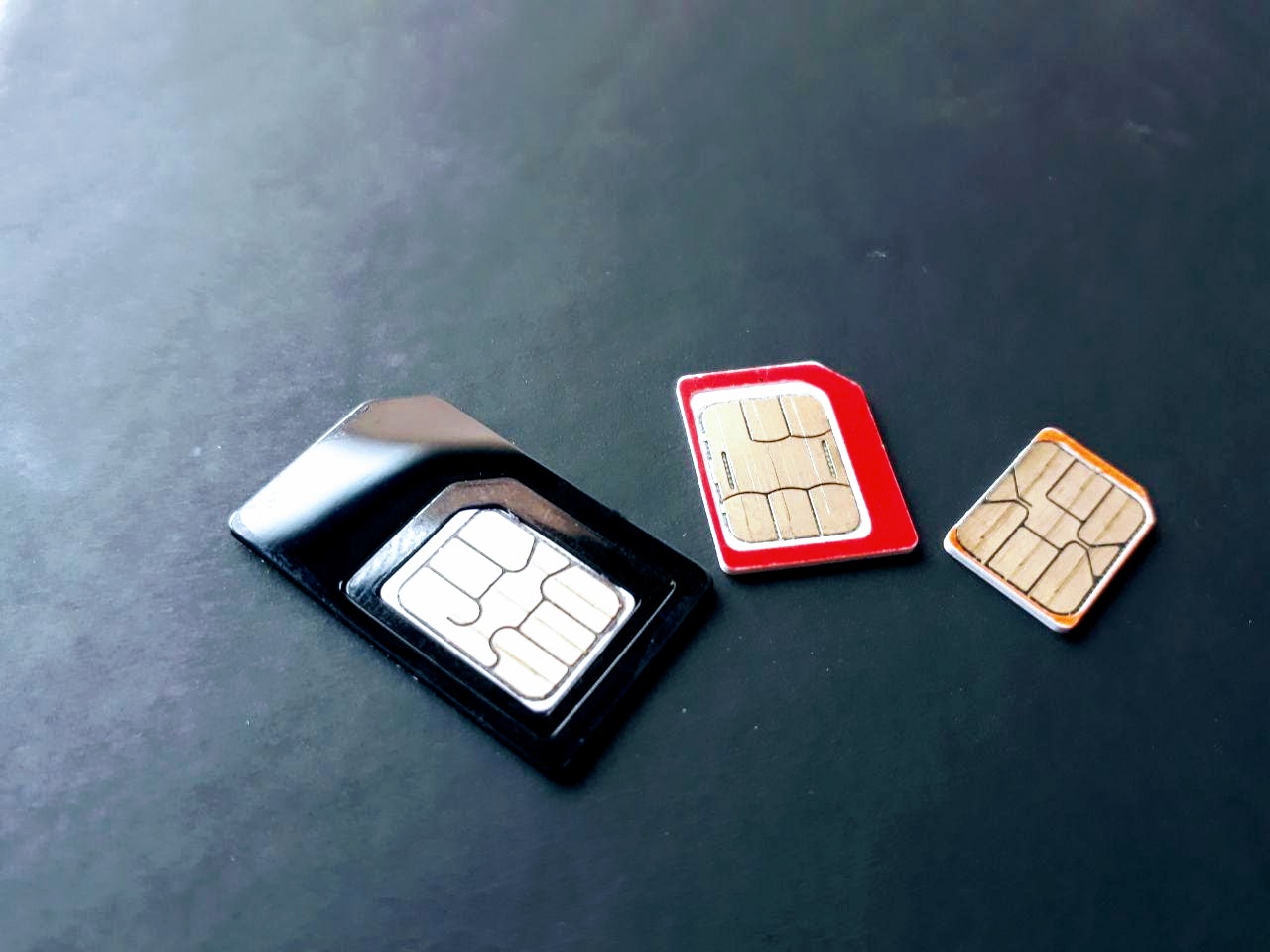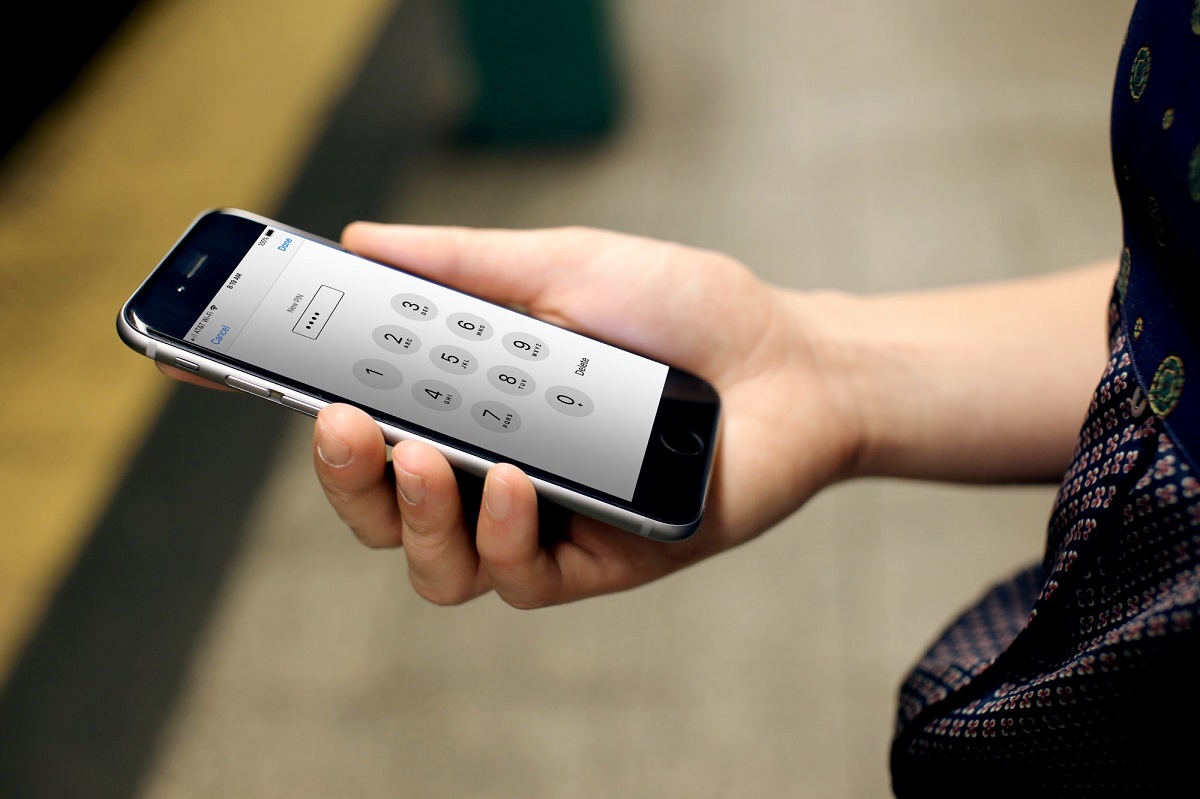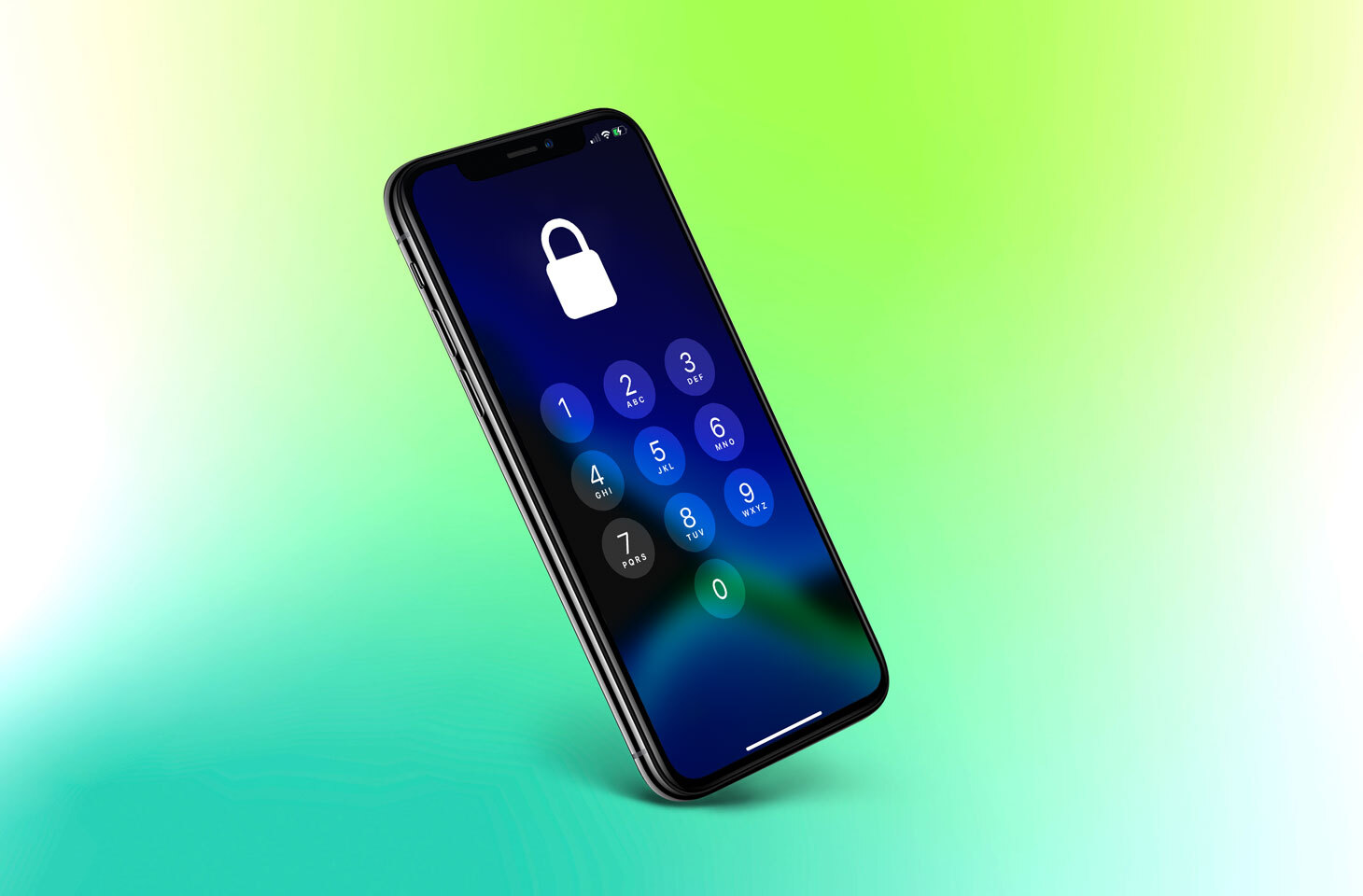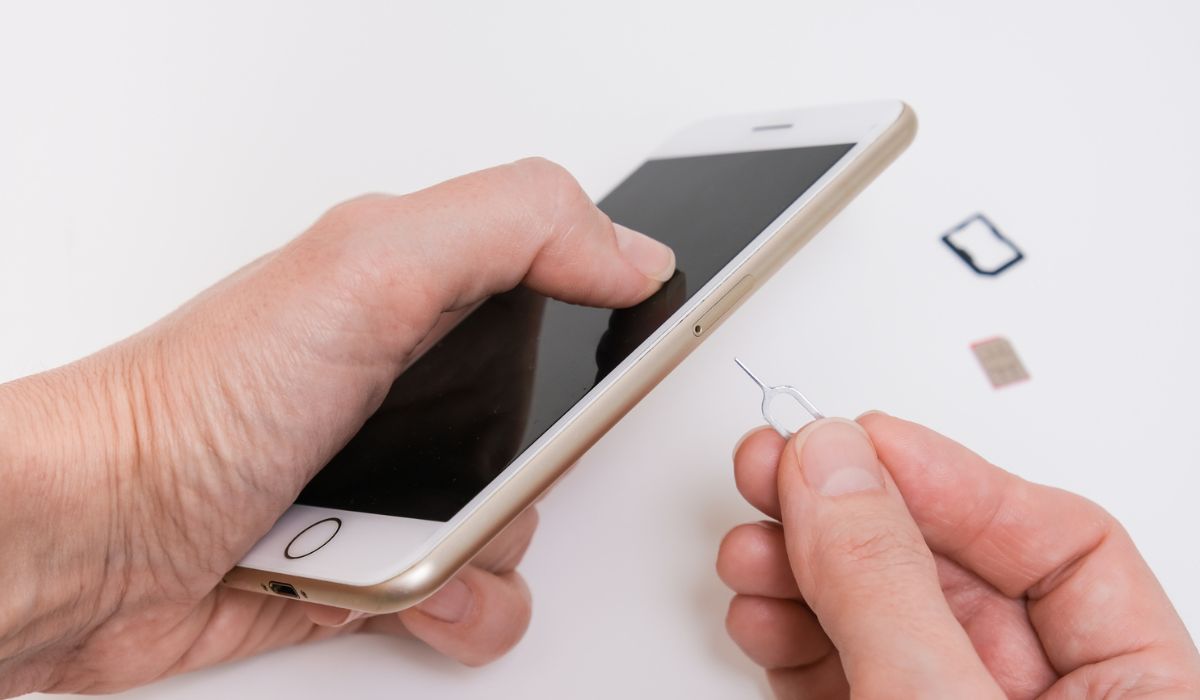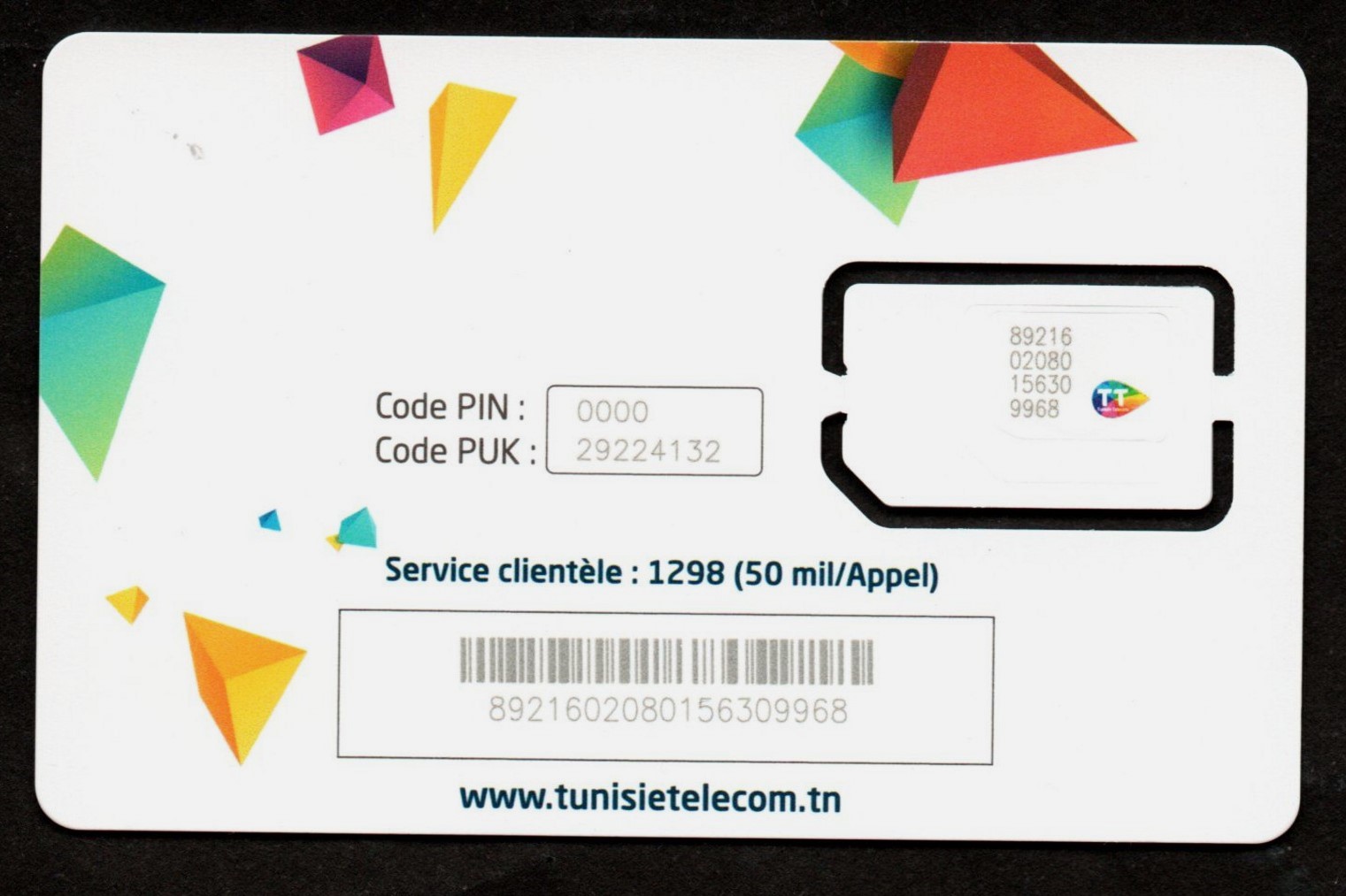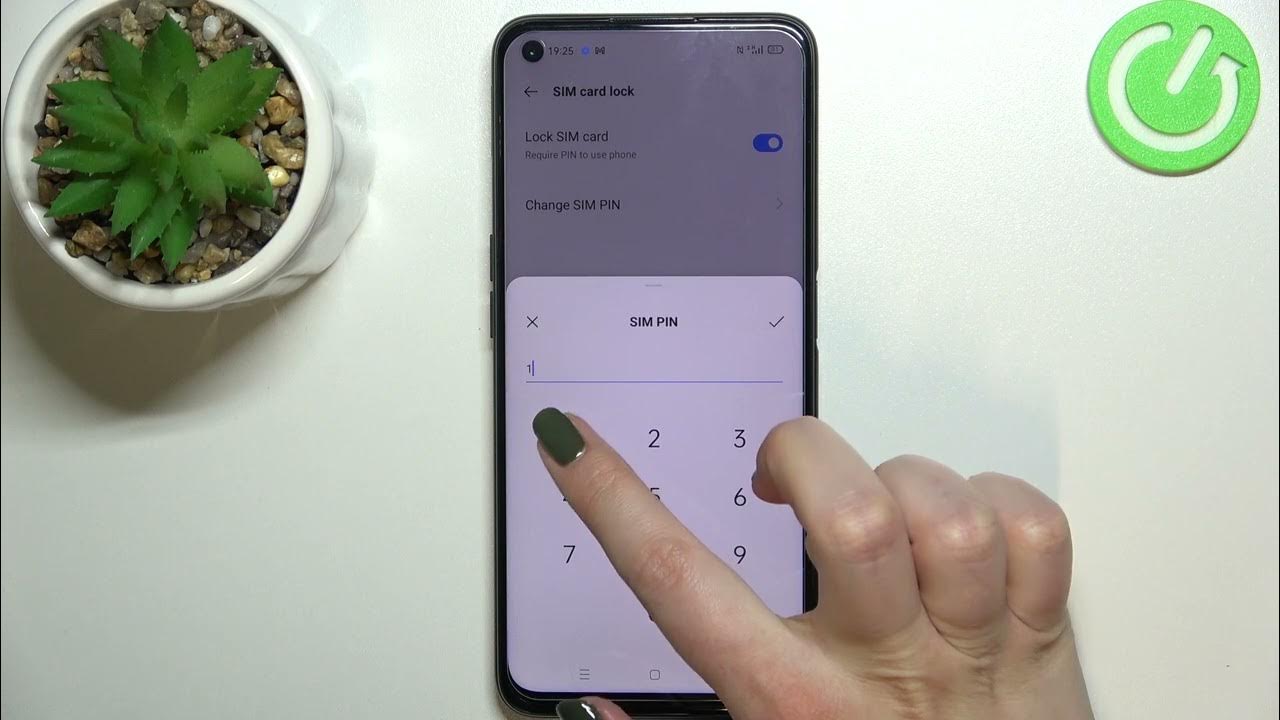Why You Should Secure Your SIM Card
Securing your SIM card with a Personal Identification Number (PIN) is a crucial step in safeguarding your mobile device and personal information. Here's why it's essential:
-
Prevention of Unauthorized Use: By setting up a PIN for your SIM card, you can prevent unauthorized individuals from using your device if it is lost or stolen. This acts as a barrier, ensuring that only individuals with the correct PIN can access your SIM card and make calls, send messages, or use mobile data.
-
Protection of Personal Data: Your SIM card contains sensitive information, including contacts, call logs, and text messages. A PIN adds an extra layer of security, preventing unauthorized access to this personal data. This is particularly important in the event that your device falls into the wrong hands.
-
Prevention of SIM Swapping: SIM swapping is a fraudulent technique used by cybercriminals to take over your phone number. By securing your SIM card with a PIN, you can mitigate the risk of falling victim to this type of attack, as the PIN is required to activate a new SIM card with your phone number.
-
Enhanced Privacy: Setting up a PIN for your SIM card ensures that your privacy is maintained. It prevents others from making calls or sending messages from your device without your knowledge, preserving the confidentiality of your communications.
-
Peace of Mind: Knowing that your SIM card is secured with a PIN provides peace of mind, especially in situations where your device may be out of your sight. Whether you accidentally leave your phone unattended or it gets misplaced, the PIN acts as a protective barrier, reducing the risk of unauthorized access.
Securing your SIM card with a PIN is a proactive measure that contributes to the overall security of your mobile device. It serves as a fundamental step in protecting your personal information and maintaining control over your device's usage.
How to Set Up a PIN for Your SIM Card
Setting up a Personal Identification Number (PIN) for your SIM card is a straightforward process that adds an important layer of security to your mobile device. Follow these simple steps to configure a PIN for your SIM card:
-
Access the Settings Menu: Begin by accessing the settings menu on your mobile device. The exact location of this option may vary depending on the device model and operating system. Look for the "Security" or "SIM card" section within the settings menu.
-
Navigate to SIM Card Settings: Once in the settings menu, navigate to the section related to SIM card settings. This is where you will find the option to set up a PIN for your SIM card. It may be labeled as "SIM card lock," "SIM lock," or "SIM card security."
-
Enter the Default PIN: When setting up a PIN for the first time, you will likely be prompted to enter the default PIN provided by your mobile carrier. This default PIN is a standard security measure and is often set as "0000" or "1234." However, it's essential to verify this information with your carrier or consult the documentation that came with your SIM card.
-
Set a New PIN: After entering the default PIN, you will have the opportunity to set a new, personalized PIN for your SIM card. Choose a combination of numbers that is easy for you to remember but difficult for others to guess. Avoid using easily identifiable numbers such as birthdates, sequential patterns, or repetitive digits.
-
Confirm the New PIN: Once you have entered your chosen PIN, you will be asked to confirm it by entering it a second time. This step ensures that you have accurately input the new PIN and helps prevent any potential errors.
-
Enable SIM Lock: After successfully setting and confirming your new PIN, enable the SIM lock feature. This ensures that your SIM card is protected by the newly configured PIN. Once enabled, the PIN will be required each time the device is powered on or the SIM card is inserted.
By following these steps, you can effectively set up a PIN for your SIM card, enhancing the security of your mobile device and personal data. It's important to note that the specific steps and menu labels may vary slightly depending on your device and operating system. If you encounter any difficulties during the process, refer to the user manual for your device or contact your mobile carrier for assistance.
Best Practices for Choosing a Secure PIN
When selecting a Personal Identification Number (PIN) for your SIM card, it's essential to prioritize security while ensuring that the PIN is easy for you to remember. By following best practices for choosing a secure PIN, you can significantly enhance the protection of your SIM card and the data it holds.
Here are some best practices to consider when choosing a secure PIN:
-
Avoid Common Sequences: Steer clear of using obvious or easily guessable sequences such as "1234" or "0000." These predictable combinations are among the first that unauthorized individuals may attempt when trying to access a locked SIM card.
-
Use a Non-Personal Number: Refrain from using numbers directly associated with you, such as your birthdate, phone number, or address. Opting for a non-personal number reduces the likelihood of someone guessing your PIN based on readily available information.
-
Include a Mix of Numbers: Incorporate a mix of numbers rather than using repetitive digits. A combination of different numbers increases the complexity of the PIN, making it more challenging for unauthorized individuals to guess.
-
Consider a Meaningful Pattern: While avoiding obvious sequences, you may choose a pattern that holds personal significance to you. For instance, you could use the last digits of important dates or a pattern on the numeric keypad that is meaningful to you but not easily discernible by others.
-
Memorize Your PIN: It's crucial to select a PIN that you can easily commit to memory. Avoid writing down your PIN or storing it in a digital format, as this increases the risk of it falling into the wrong hands. Instead, opt for a combination that holds personal significance and is easy for you to recall.
-
Regularly Update Your PIN: Periodically changing your PIN adds an extra layer of security. Consider updating your PIN every few months to mitigate the risk of unauthorized access. When updating your PIN, ensure that the new combination aligns with the best practices outlined above.
By adhering to these best practices, you can select a secure PIN for your SIM card that balances memorability with robust security. It's important to invest time in choosing a PIN that aligns with these guidelines to fortify the protection of your SIM card and the sensitive data it safeguards.
What to Do If You Forget Your SIM Card PIN
Forgetting your SIM card PIN can be a frustrating experience, but there are steps you can take to regain access to your device and reset the PIN. Here's what to do if you find yourself in this situation:
-
Contact Your Mobile Carrier: If you forget your SIM card PIN, the first course of action is to reach out to your mobile carrier's customer support. They can provide guidance on the specific steps to reset the PIN based on your carrier's policies and procedures. Customer service representatives are equipped to assist you in resolving the issue and may offer alternative methods for resetting the PIN.
-
Verify Identity: When contacting your mobile carrier, be prepared to verify your identity to confirm that you are the authorized account holder. This may involve providing personal information, such as your full name, account details, and possibly answering security questions. Verifying your identity is a standard security measure to ensure that only authorized individuals can make changes to the account, including resetting the SIM card PIN.
-
Follow Carrier Instructions: Your mobile carrier will provide you with specific instructions on how to reset the SIM card PIN. This may involve a series of steps, such as providing a PUK (Personal Unblocking Key) code or undergoing a verification process. It's important to carefully follow the instructions provided by your carrier to successfully reset the PIN and regain access to your SIM card.
-
Use the PUK Code: In some cases, if you have entered the wrong PIN multiple times, your SIM card may become locked, requiring a PUK code to unlock it. The PUK code is typically provided by your mobile carrier and can be used to reset the PIN and unlock the SIM card. Be sure to keep the PUK code in a safe place, as it is an essential tool for resolving PIN-related issues.
-
Reset the PIN: Once you have followed the necessary steps and provided any required information, you will be able to reset the PIN for your SIM card. Take this opportunity to choose a new PIN that aligns with best security practices. Select a combination that is easy for you to remember but difficult for others to guess, enhancing the protection of your SIM card.
By following these steps and reaching out to your mobile carrier for assistance, you can effectively address the situation if you forget your SIM card PIN. It's important to remain patient and proactive in seeking support to ensure that you can regain access to your device and maintain the security of your SIM card.
Additional Security Measures for Your SIM Card
In addition to setting up a Personal Identification Number (PIN) for your SIM card, there are further security measures you can implement to enhance the protection of your mobile device and personal data. These additional measures serve as supplementary safeguards, contributing to a comprehensive approach to SIM card security.
1. Biometric Authentication
Many modern mobile devices offer biometric authentication options, such as fingerprint recognition and facial scanning. Enabling biometric authentication adds an extra layer of security, as it requires a unique biological identifier to unlock the device and access the SIM card. By utilizing biometric features in conjunction with a SIM card PIN, you establish a multi-factor authentication approach, significantly reducing the risk of unauthorized access.
2. Remote Lock and Wipe
In the event that your device is lost or stolen, remote lock and wipe capabilities provide a powerful defense mechanism. By enabling these features, you can remotely lock your device and, if necessary, initiate a complete data wipe to prevent unauthorized access to your SIM card and sensitive information. This proactive measure helps safeguard your data in scenarios where physical access to the device is compromised.
3. Two-Factor Authentication (2FA)
Implementing two-factor authentication for your mobile accounts adds an additional layer of security beyond the SIM card itself. By linking your mobile accounts to 2FA, such as SMS-based verification or authenticator apps, you create a secondary authentication method that complements the security of your SIM card. This mitigates the risk of unauthorized access to your accounts, even if the SIM card is compromised.
4. Regular Software Updates
Keeping your device's operating system and security software up to date is crucial for maintaining the integrity of your SIM card's security. Software updates often include patches for known vulnerabilities and security enhancements, reducing the likelihood of exploitation by malicious actors. By staying current with updates, you bolster the overall security posture of your mobile device and SIM card.
5. Secure SIM Card Storage
When not in use, it's important to store your SIM card securely. Utilize a SIM card holder or a designated compartment in your wallet to prevent loss or damage. Proper storage reduces the risk of unauthorized SIM card access and minimizes the potential for physical tampering.
By incorporating these additional security measures alongside a PIN-protected SIM card, you establish a robust defense against unauthorized access, data breaches, and SIM-related vulnerabilities. This comprehensive approach to SIM card security aligns with best practices for safeguarding your mobile device and personal information, providing peace of mind in an increasingly interconnected digital landscape.







